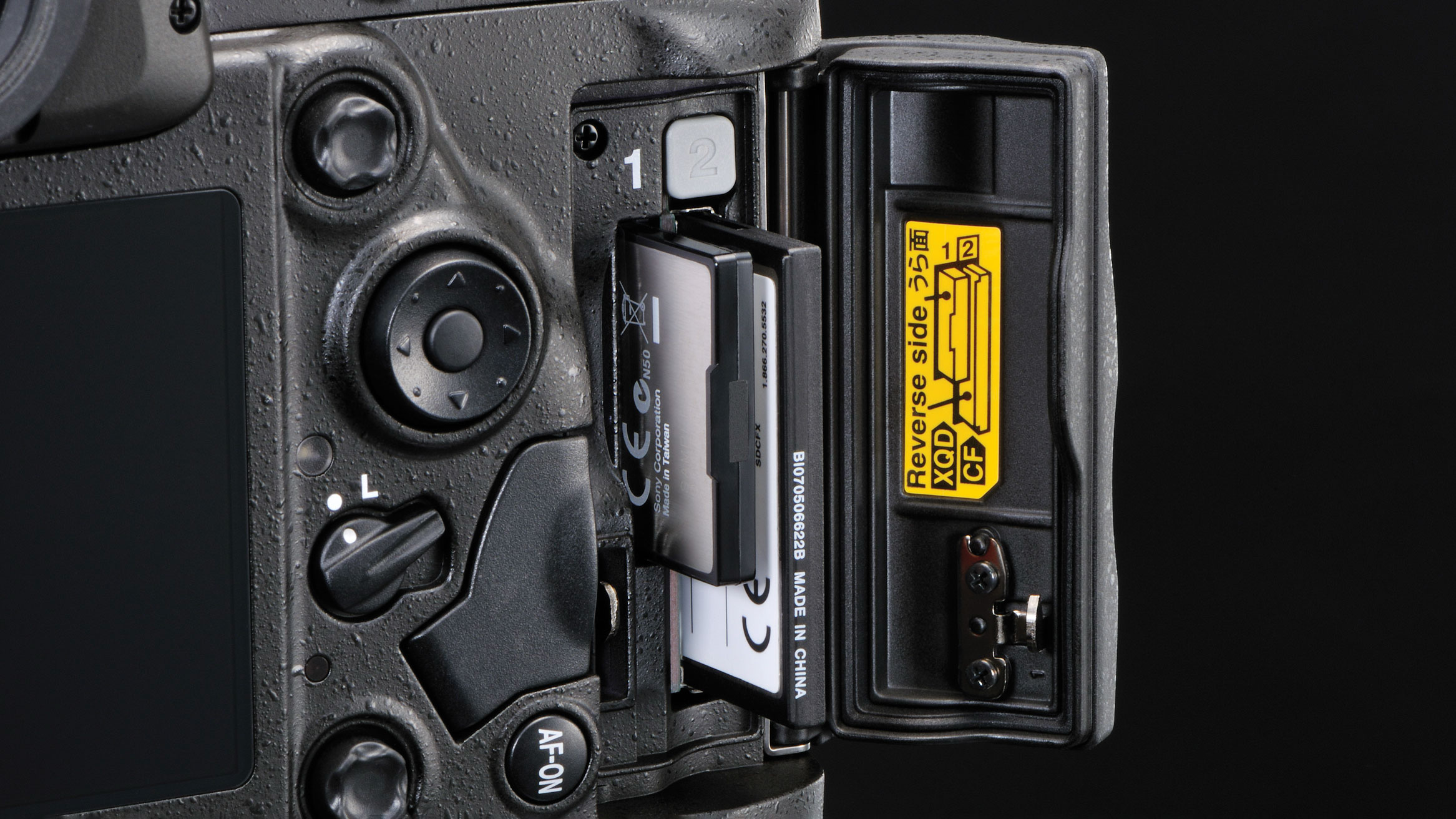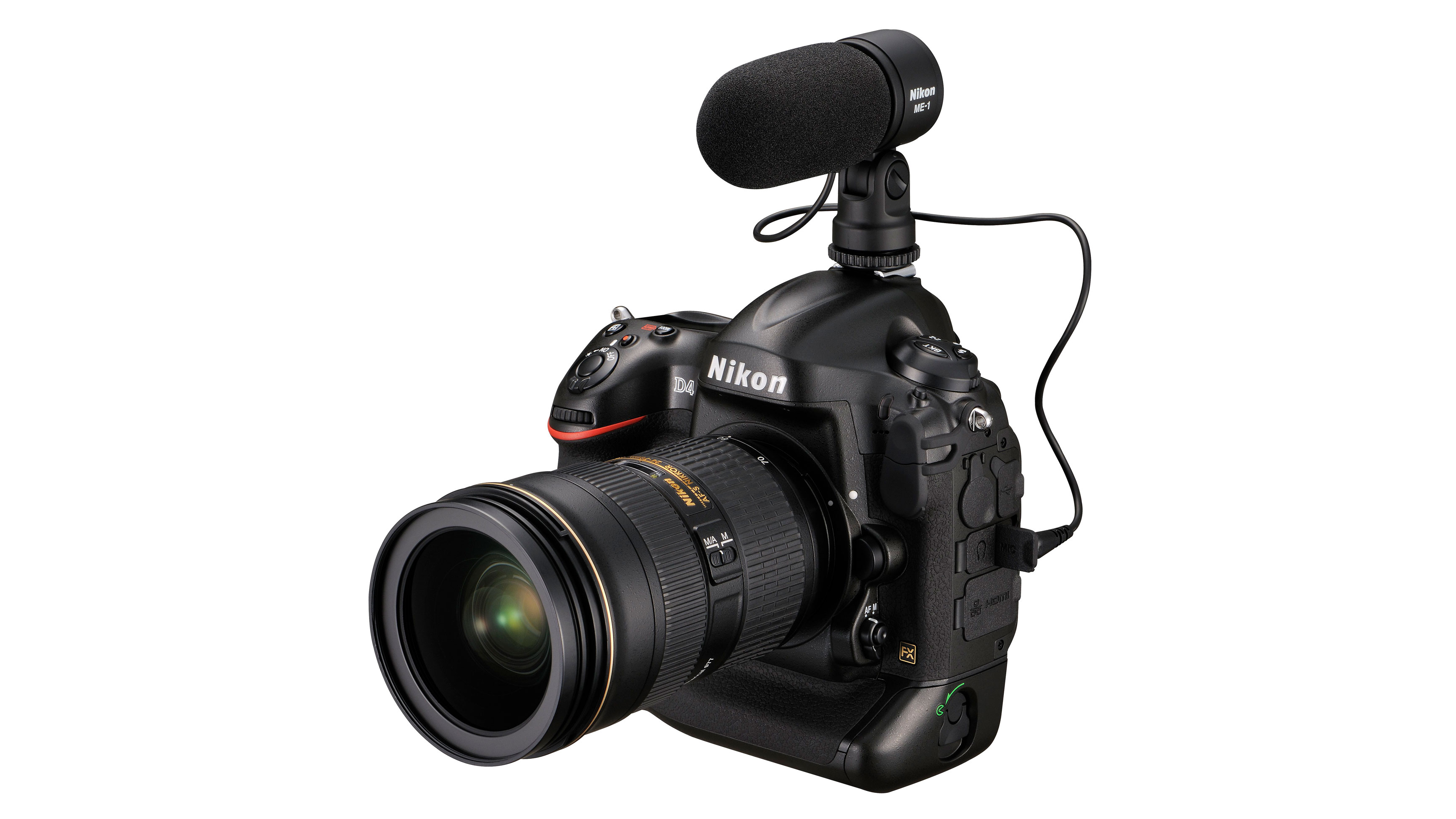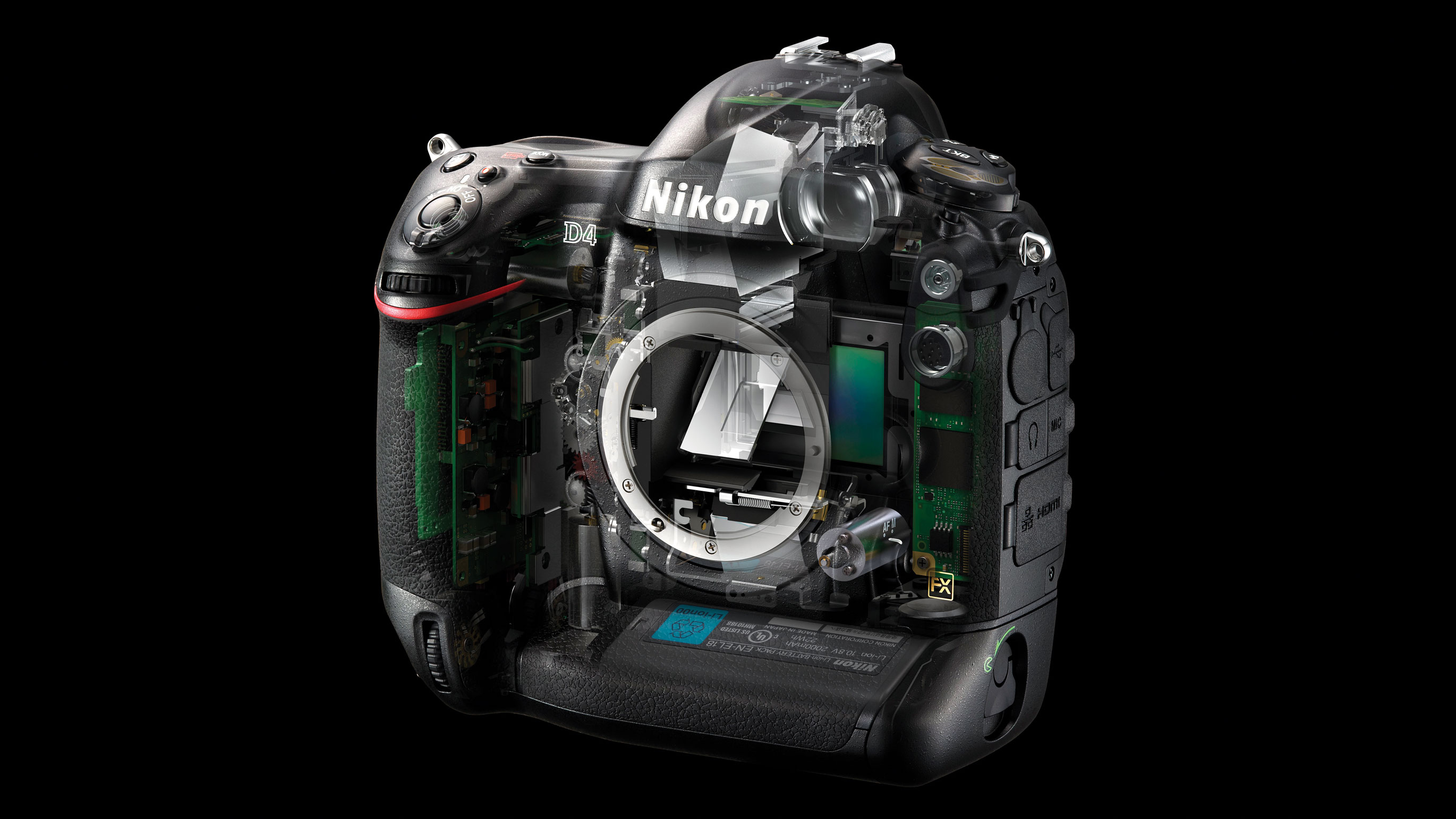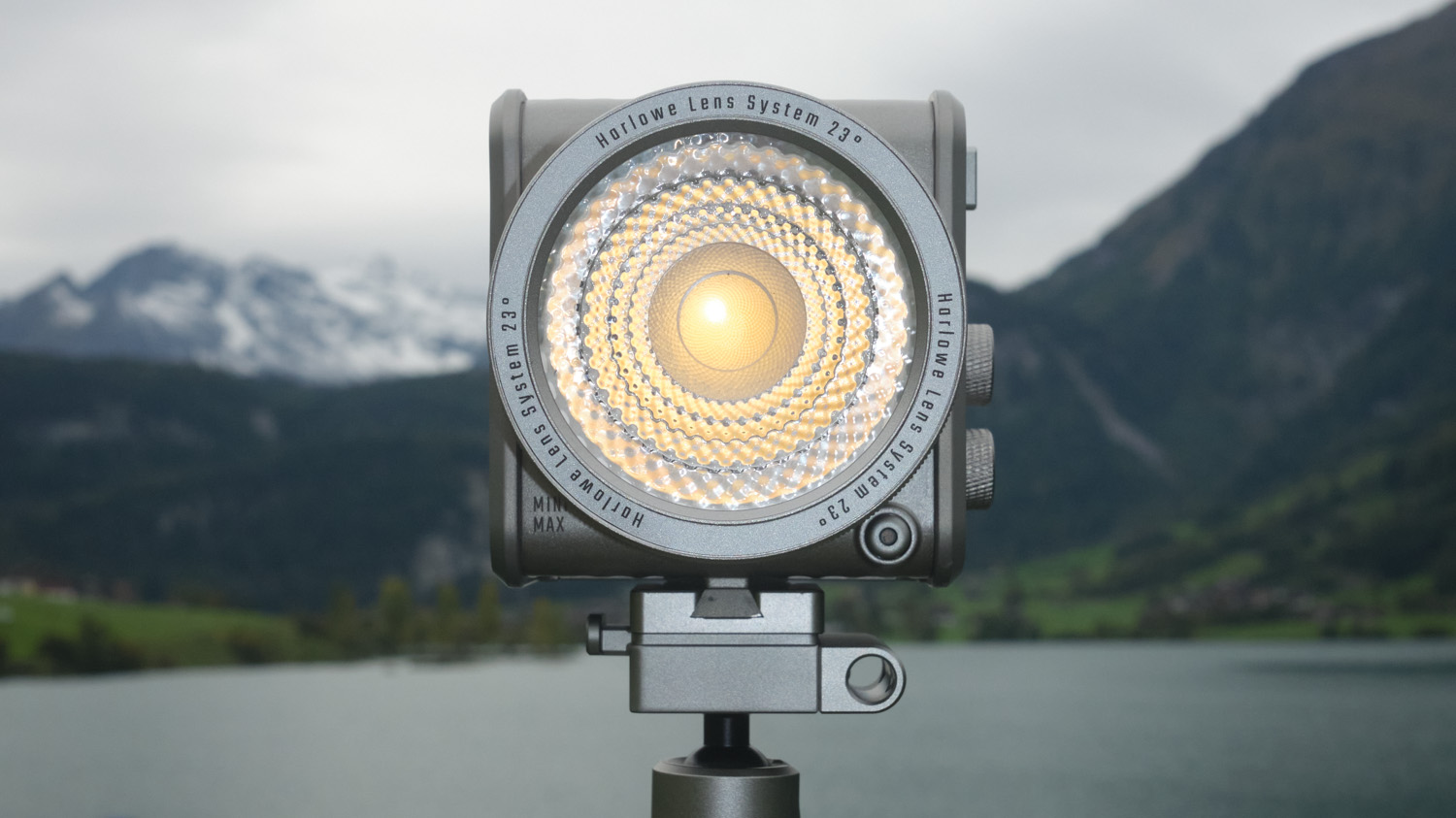Want to know how good the Nikon D4 was? Check the shutter counts on used ones
Nikon’s pro DSLR was launched 10 years ago, way back in 2012. It's practically a dinosaur... so why do I still miss it?
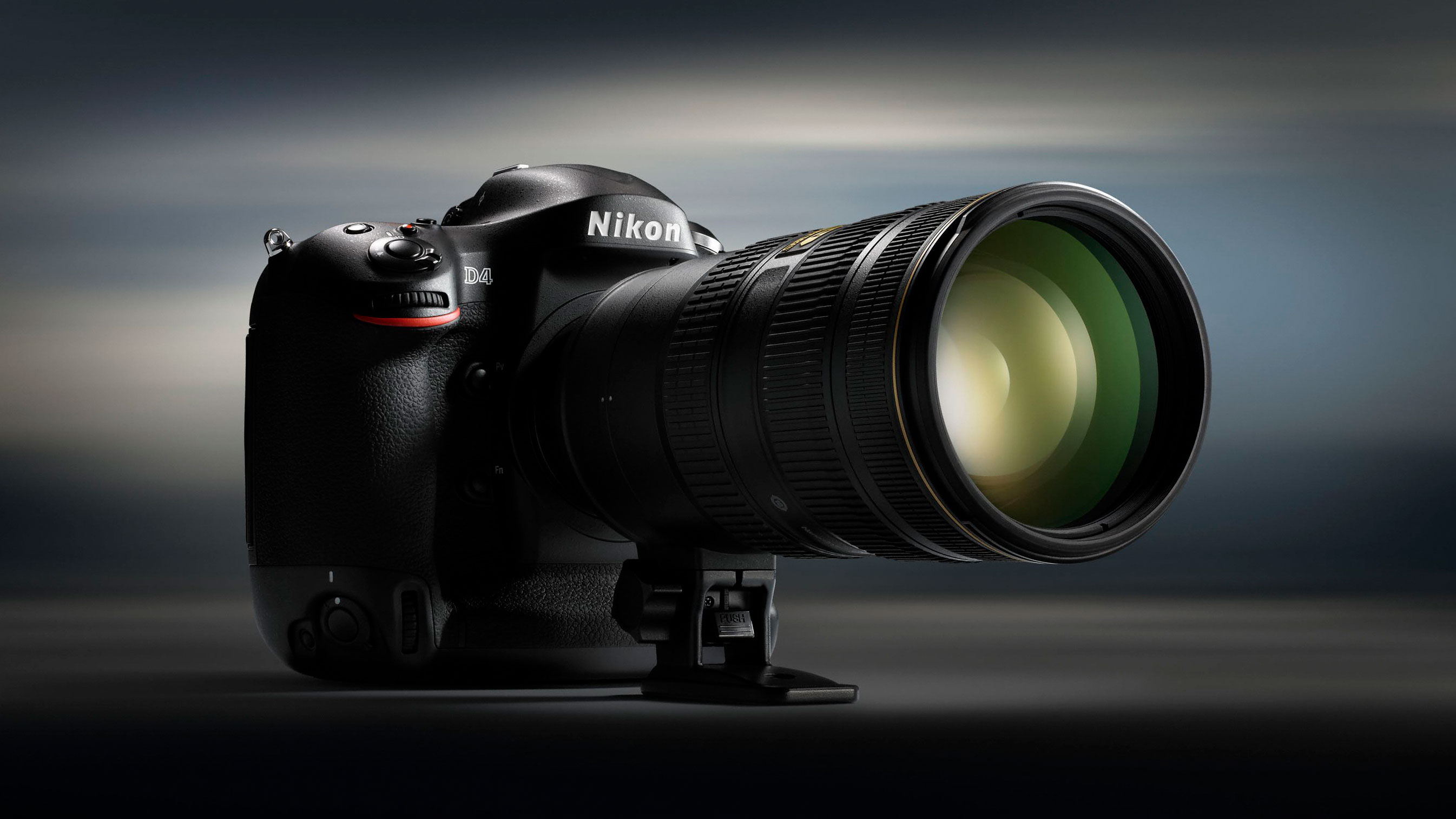
I’ve just been looking at a bunch of pre-owned Nikon D4s on used camera site MPB, and thinking, why not…?
I used a D4 for about a year when I was technique editor on N-Photo magazine, and I rue the day when Nikon realized I still had it and wanted it back (oops).
By today’s standards, the D4 doesn’t sound much of a camera, but 16MP was plenty when it was launched back in 2012, and more than adequate for all the sample images and behind the scenes shots needed for the magazine. Come to think of it, it still would be.
The D4’s 11fps continuous shooting is hardly hanging about, even by today’s standards, and its 51-point Multi-CAM3500FX was the best in the Nikon camera range back then and still used to great effect on the Nikon D7500.
No, it didn’t do 4K video, but it did record full-width Full HD and could send uncompressed video to an external recorder over HDMI. Not bad for 2012!
The D4 also had twin card slots, one for CompactFlash (remember that?) and one that eerily foretold the future, taking XQD memory cards, which would later evolve into CFexpress cards.
I’ll just mention one more thing: the battery life of 2600 shots. Right now I do a lot of shooting with a Sony A7R II, which has way more resolution, obviously, but a battery life of, very literally, one-tenth of that. I have six batteries for the Sony which aren’t a big ordeal to carry round, but I still have to remember which ones are used up and which are fresh, and I still have to take a car charger on a long day out, just in case. Yes, I realize later Sony models have uprated batteries which last twice as long. Or are half as inadequate, if you want to look at it that way.
The best camera deals, reviews, product advice, and unmissable photography news, direct to your inbox!
It wasn’t just the battery life that endeared me to the D4 – it was its sheer physical size. Nikon’s pro DSLR lenses are not lightweights, and the only thing that makes them (relatively) easy to handle is a camera body that’s as big as they are and that you can get a proper fist-sized grip on. If anything, equivalent mirrorless lenses are bigger still.
Now I never gave my D4 the hammering it was designed to survive, but lots of pros have done exactly that. And checking out the used D4s on MPB, there’s hardly one of them that isn’t way past the notional 400,000-shot shutter life quoted by Nikon. Not only that, most used D4 bodies look as if they’ve been dragged under a truck for half a mile (but they still work), so they’re not going to make great collectors items or office ornaments.
So I’ve stopped thinking about buying a used D4, but it did set me off thinking about how cameras have evolved technically but not physically. Now I can get a 60MP full frame camera not 16MP, but I’m not so sure I can get a camera with the heft, handling, battery life and sheer durability of the Nikon F4. There’s always the Nikon Z9, of course, or the Canon EOS R3, or the Sony A1 – but they all do things I don't need. I just want a big camera with a big battery again.
Read more:
• Best DSLRs
• Best professional cameras
• Best cameras for sport

Rod is an independent photography journalist and editor, and a long-standing Digital Camera World contributor, having previously worked as DCW's Group Reviews editor. Before that he has been technique editor on N-Photo, Head of Testing for the photography division and Camera Channel editor on TechRadar, as well as contributing to many other publications. He has been writing about photography technique, photo editing and digital cameras since they first appeared, and before that began his career writing about film photography. He has used and reviewed practically every interchangeable lens camera launched in the past 20 years, from entry-level DSLRs to medium format cameras, together with lenses, tripods, gimbals, light meters, camera bags and more. Rod has his own camera gear blog at fotovolo.com but also writes about photo-editing applications and techniques at lifeafterphotoshop.com
